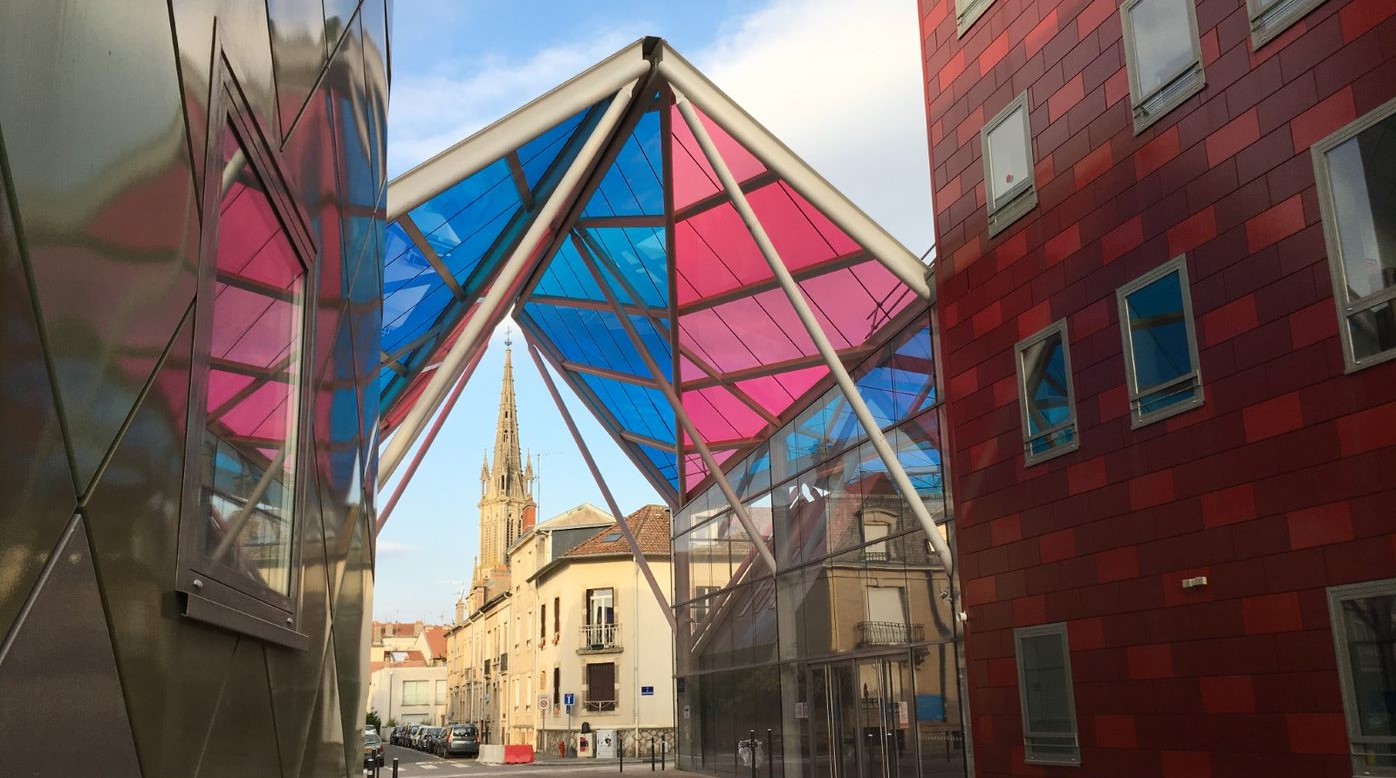
As part of my Fusion-EP master program I did an internship in the Institute Jean Lamour in Nancy. I stayed in France for two months and a half funded by FuseNet. During my internship I performed self-consistent calculations of the bootstrap current for the ESTELL stellarator configuration and analyzed its impact on the magnetic equilibrium. Special care was given to the impact of the radial electric field in such calculations.
Although stellarators don’t require a parallel current in order to achieve confinement, neoclassical transport theory predicts the existence of a current, parallel to the magnetic field, that arises in the presence of temperature and density gradients. This is called the bootstrap current. Stellarators are typically designed to minimize the bootstrap current but for some magnetic configurations non-vanishing currents are expected. The bootstrap current can have a detrimental impact on the MHD equilibrium and the stability of the plasma.
ESTELL
The stellarator configuration I was working with during my internship is ESTELL, the Evolutive STELlarator of Lorraine, a small quasi-axially symmetric stellarator designed in the University of Lorraine as a small scale experiment. This kind of stellarator has symmetries close to those of a tokamak. No stellarator of this particular geometry has ever been successfully built but it’s expected that such devices will have some of the good transport properties of tokamaks with the advantages of stellarators. But this also comes to the cost of a predicted high parallel current that will have an impact on the designed equilibrium and is important to consider.
In a previous work which included a visit to the Max-Planck Institute of Plasma Physics we calculated the bootstrap current for the ESTELL configuration using the SFINCS (Stellarator Fokker-Planck Iterative Neoclassical Solver) code in a self-consistent manner, the results pointed to the necessity of considering the radial electric field impact on the calculations. Re-doing this calculations with the consideration of the electric field and analyzing the impact it has on the magnetic equilibrium of the device was the main objective of my internship.
The city of Nancy
Nancy is a university city with a lively student life. Although rains are a constant, specially during winter, the city gets a magical charm at night after the rain, making it perfect for city walks. During my free time I enjoyed wandering through Place Stanislas, usually referred in Nancy as the most beautiful square in Europe. I also liked admiring the many outstanding examples of Art Nouveau architecture in the city; anywhere you walk stained glass showing nature patterns, whimsical shaped balconies and windows, as well as great examples of wrought iron can be found. Of course being in France food also played a very important role during my visit, from croissant and pain au chocolat for breakfast up to fantastic cheese and wine for l’apéro.
I would like to thank the hot plasmas team at the Institute Jean Lamour for the guidance in this internship, the stellarator theory team in the Max Planck IPP in Greifswald for their invaluable help with the use of SFINCS, VMEC and for providing the ESTELL magnetic configuration, and Fusenet for making this internship possible and giving me te opportunity to continue with this research.
- Katia Camacho Mata
